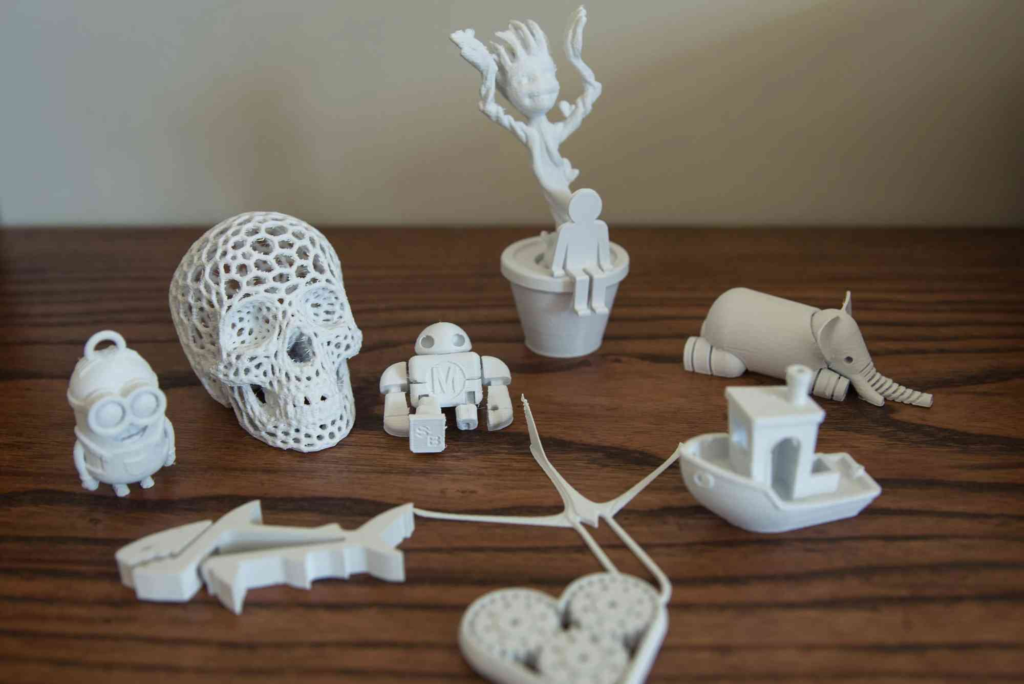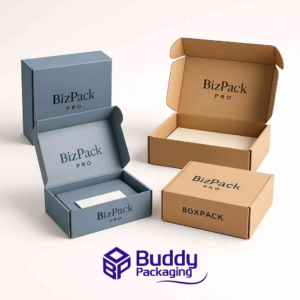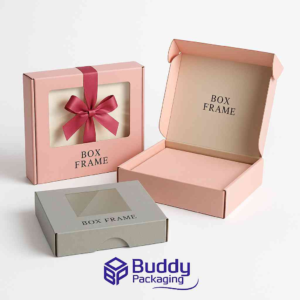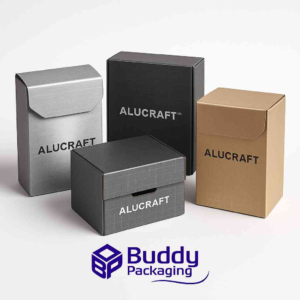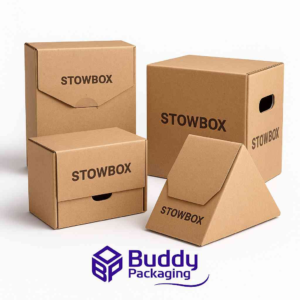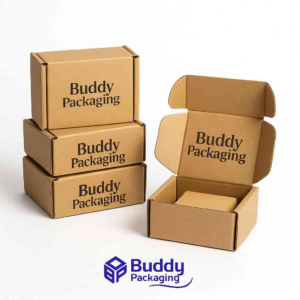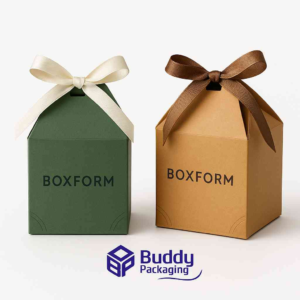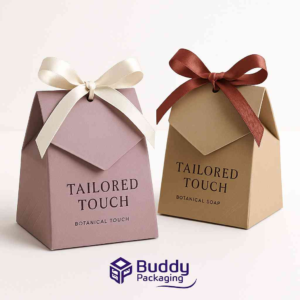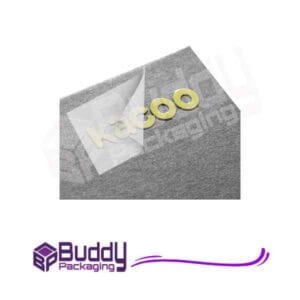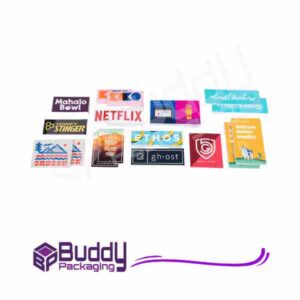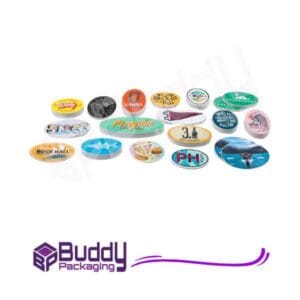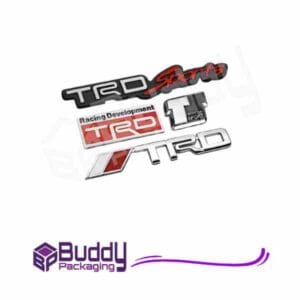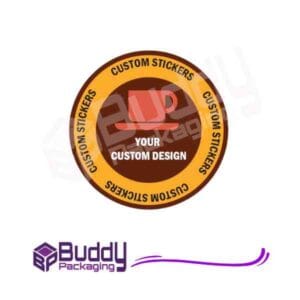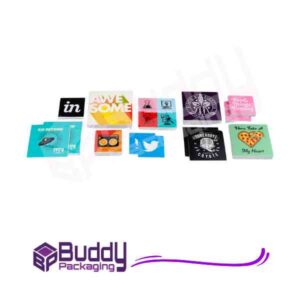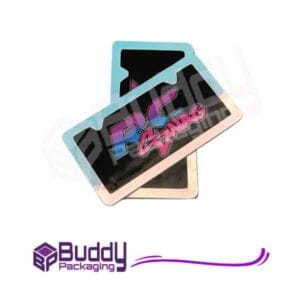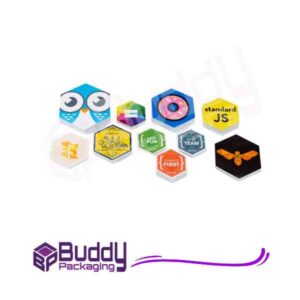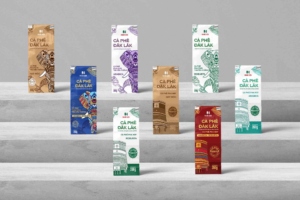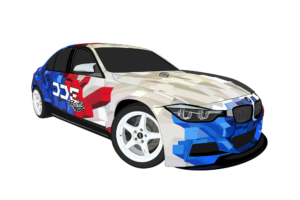3D Printing Designer: Shaping the Future of Digital Manufacturing
In today’s fast-paced world of innovation, the role of a 3D printing designer has become vital. These professionals transform ideas into tangible objects using digital design and additive manufacturing. From creating functional prototypes to custom products, they are shaping industries like healthcare, automotive, packaging, and architecture. Understanding their work helps businesses and individuals unlock new possibilities in design and production.
What is a 3D Printing Designer?
A 3D printing designer is a creative professional who uses computer-aided design (CAD) tools to produce digital models optimized for 3D printing. They merge design thinking with engineering principles to develop items that are both visually appealing and structurally sound. Unlike traditional designers, they think in layers, ensuring that every detail of the model translates into a precise physical form when printed.
Skills Every 3D Printing Designer Needs
CAD Software Expertise
The foundation of 3D printing design lies in mastering tools like AutoCAD, Fusion 360, SolidWorks, or Blender. Designers must understand geometry, mesh structures, and file optimization to ensure smooth printing.
Understanding Materials and Printing Methods
A successful 3D printing designer knows the strengths and limitations of materials like PLA, ABS, resin, and metals. They also adjust designs depending on the chosen printing method, whether FDM, SLA, or SLS.
Creative Problem-Solving
Clients often bring vague ideas. Designers must translate these concepts into functional 3D models, balancing creativity with feasibility.
Knowledge of Manufacturing and Packaging
A modern 3D printing designer collaborates with industries beyond engineering. For example, in the Custom Packaging sector, they develop innovative solutions that combine aesthetics with durability, enhancing product appeal while reducing waste.
Why Businesses Rely on 3D Printing Designers
Organizations adopt 3D printing not just for cost savings but also for innovation. A skilled designer can reduce production time, lower prototyping costs, and deliver customised solutions. In industries like healthcare, 3D printing designers create prosthetics and surgical models, while in automotive, they design lightweight parts that improve fuel efficiency.
Moreover, designers play a key role in bridging creativity with practicality. Their expertise ensures that designs are not only printable but also functional in real-world use.
The Workflow of a 3D Printing Designer
Concept Development
The process begins with brainstorming and sketching. Designers analyze the client’s needs, market trends, and usability to refine an initial idea.
Digital Modeling
Next, the concept is developed in CAD software. Attention to detail is critical here, as even small errors can lead to failed prints.
Prototype Creation
A test print helps validate the design. This stage ensures the model meets strength, size, and usability requirements before mass production.
Finishing and Testing
After printing, designers evaluate the object’s performance. They may refine the design further or explore print & finishing insights to improve the final product’s aesthetics and durability.
Applications of 3D Printing Design
Healthcare
3D printing designers help doctors by creating models of organs for surgery planning. They also design custom prosthetics tailored to patient needs.
Architecture and Engineering
In architecture, 3D models help visualize projects before construction. Designers also assist engineers by creating structural models that highlight potential flaws.
Fashion and Lifestyle
From jewelry to footwear, designers craft unique products that redefine style. Personalisation through 3D design is becoming a trend in luxury markets.
Packaging Innovation
3D printing designers are transforming packaging industries with sustainable and custom designs. By combining creativity with technology, they offer cost-effective, eco-friendly solutions.
The Future of 3D Printing Designers
With advancements in AI and automation, 3D printing designers will see their tools evolve. Generative design, where software suggests optimized structures, is becoming common. However, the creative touch of a human designer will always remain essential.
Industries are also shifting towards localized production. This means businesses can work with nearby experts, such as those in dedicated hubs. For example, exploring Buddy Packaging Location shows how geographic proximity can accelerate collaboration in packaging and design.
FAQs
What does a 3D printing designer do?
They create digital models optimized for 3D printing, ensuring functionality, durability, and aesthetic appeal.
What industries hire 3D printing designers?
Industries like healthcare, automotive, aerospace, fashion, packaging, and architecture rely on their skills.
Do 3D printing designers need engineering knowledge?
Yes, basic engineering knowledge helps them understand material properties, structural strength, and functionality.
Can anyone learn 3D printing design?
Yes, with training in CAD software and knowledge of printing technologies, anyone can start. However, mastering it requires practice and creativity.
Is 3D printing design a good career?
Absolutely. With the growing demand for customisation and sustainability, 3D printing designers enjoy strong career prospects.
The role of a 3D printing designer is no longer niche—it is essential. These professionals fuel innovation, offering creative yet practical solutions across industries. From packaging and healthcare to fashion and engineering, they make products more sustainable, personalised, and efficient.

